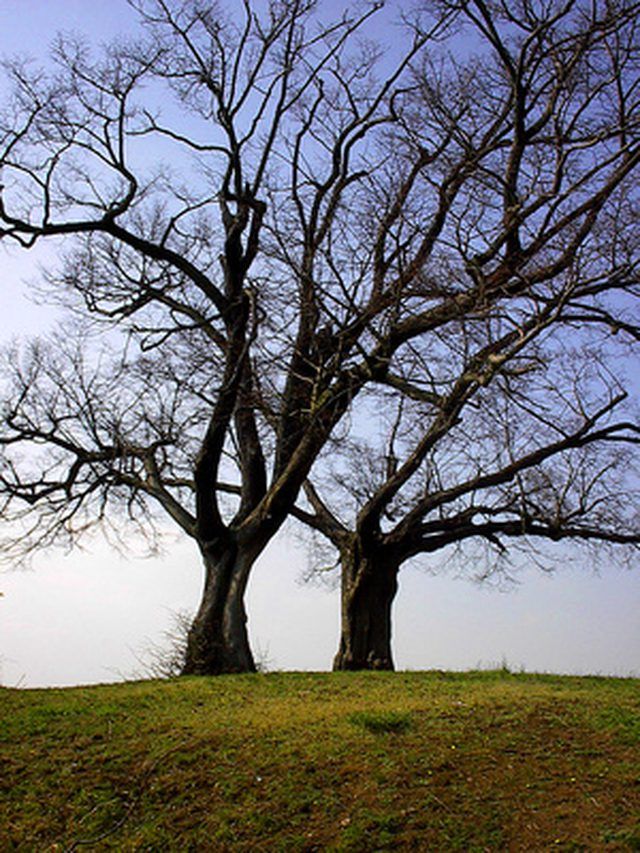Bulbs
Flower Basics
Flower Beds & Specialty Gardens
Flower Garden
Garden Furniture
Garden Gnomes
Garden Seeds
Garden Sheds
Garden Statues
Garden Tools & Supplies
Gardening Basics
Green & Organic
Groundcovers & Vines
Growing Annuals
Growing Basil
Growing Beans
Growing Berries
Growing Blueberries
Growing Cactus
Growing Corn
Growing Cotton
Growing Edibles
Growing Flowers
Growing Garlic
Growing Grapes
Growing Grass
Growing Herbs
Growing Jasmine
Growing Mint
Growing Mushrooms
Orchids
Growing Peanuts
Growing Perennials
Growing Plants
Growing Rosemary
Growing Roses
Growing Strawberries
Growing Sunflowers
Growing Thyme
Growing Tomatoes
Growing Tulips
Growing Vegetables
Herb Basics
Herb Garden
Indoor Growing
Landscaping Basics
Landscaping Patios
Landscaping Plants
Landscaping Shrubs
Landscaping Trees
Landscaping Walks & Pathways
Lawn Basics
Lawn Maintenance
Lawn Mowers
Lawn Ornaments
Lawn Planting
Lawn Tools
Outdoor Growing
Overall Landscape Planning
Pests, Weeds & Problems
Plant Basics
Rock Garden
Rose Garden
Shrubs
Soil
Specialty Gardens
Trees
Vegetable Garden
Yard Maintenance
Linden Tree Sap Problems
Linden Tree Sap Problems. Linden trees commonly experience tree sap problems. These problems stem from parasite bugs called aphids. These small, soft-bodies bugs come in two versions, winged and non-winged. They reproduce quickly, but only live about two weeks. Linden trees provide the perfect habitat for aphids because they love to eat the linden...

Linden trees commonly experience tree sap problems. These problems stem from parasite bugs called aphids. These small, soft-bodies bugs come in two versions, winged and non-winged. They reproduce quickly, but only live about two weeks. Linden trees provide the perfect habitat for aphids because they love to eat the linden sap.
Cause
Aphids often attack linden tree trunks and leaves. They eat the sap right from the tree, and although they typically donít kill it, they do cause damage. These aphids take much more sap then they need to survive that causes the tree unnecessary harm as well, according to the University of Missouri.
Effects
When the aphids take large amounts of the linden treeís sap, it prevents the tree from flourishing and thriving. In some cases, the severe reduction in sap stunts its growth. This lack of sap also makes the leaves turn yellow and curl, states the University of Missouri Extension. Sometimes when feeding off the sap, the aphids transmit diseases and viruses to the linden trees as well.
Symptoms
Since aphid sap problems negatively affect the linden treeís health, homeowners should be able to recognize the symptoms. Linden trees experiencing an extreme sap shortage show a clear, sticky substance on their leaves and the surfaces below the tree. This is from the aphids taking too much sap and secreting the excess as a sticky substance called honeydew. Since insects like flies and bees love honeydew, homeowners often notice swarms of these bugs around their infected linden trees.
Solution
Saving a linden tree from sap-sucking aphids is fairly simple. A strong stream of water from a pressurized hose nozzle works well when homeowners catch the problem right away. Insecticidal soap sprayed on the linden tree also works well, according to the website Colorado Gardening.
Prevention
Thinning out linden trees often and pruning them every year prevents aphid sap problems. Aphids like thick habitats with a canopy of leaves. Keeping the trees from getting too thick makes them less attractive to aphids, according to the University of Missouri Extension.